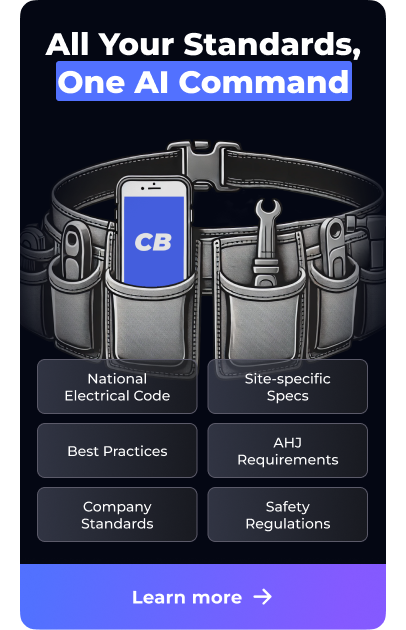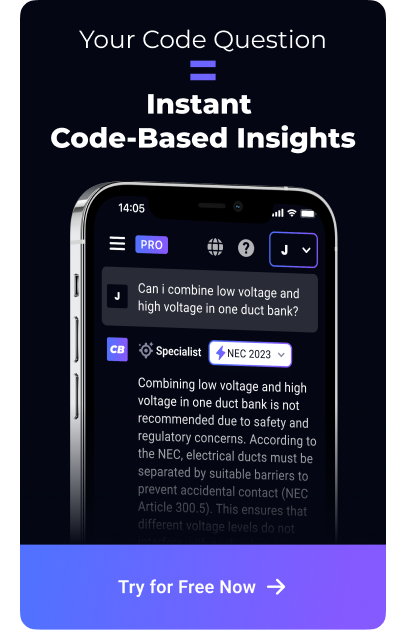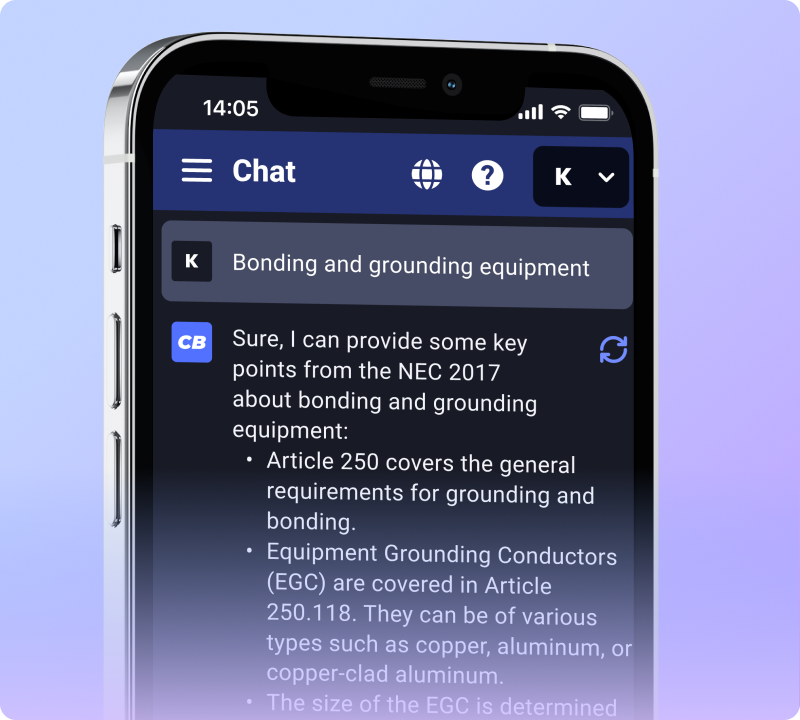Ensuring safety around electricity is crucial. Lever bypass meter sockets can make a big difference here. This article explains how they protect you and make meter servicing safer.
Keep reading for important insights on electrical safety.
Key Takeaways
- Lever bypass meter sockets make electrical meter servicing safer by avoiding live parts, reducing the risk of electric shocks. They handle up to 400 amps per position, offering a major safety advantage over horn bypass sockets with only 250 amps.
- Power companies require lever bypass sockets for non-dwelling services due to their superior safety features. These include easy access to meters without exposing live components and compliance with commercial settings’ requirements for single and three-phase meter sockets.
- Regular maintenance and proper installation are crucial for the safe operation of lever bypass meter sockets. Qualified professionals should perform installations and repairs to minimize hazards and ensure all connections meet safety standards.
- Lever bypass meter socket designs provide cost-effective solutions while enhancing safety during electrical service work. Their design supports both surface and flush mount options, allowing flexibility in various applications.
- Choosing the right lever bypass meter socket involves considering safety features, certifications, appropriate phase, and service feed type. Ensuring products meet local and national codes is essential for reliable service entrance equipment in both residential and industrial applications.
What Are Lever Bypass Meter Sockets?
Lever bypass meter sockets allow safe servicing of electrical meters. These sockets completely avoid live parts, enhancing meter socket safety. They can handle a maximum current rating of 400 amps per position, which surpasses the 250 amps offered by horn bypass sockets.
Power companies require lever bypass sockets for non-dwelling services. Utilities prefer lever bypass over horn bypass sockets due to safety concerns, especially for residential services.
The B-Line series offers single position safety socket/test block bypass meter sockets, available in surface or flush mount options.
Understanding the differences between lever bypass and horn bypass sockets is essential for making informed choices.
Benefits of Lever Bypass Meter Sockets
Lever bypass meter sockets offer key advantages for safety and functionality. They increase safety by allowing easy access to the meter without exposing live parts, reducing risks during maintenance.
Increased safety
Lever bypass meter sockets greatly enhance electrical meter safety. They allow safe servicing without exposing live parts. This feature helps electricians avoid dangerous situations.
The maximum current rating for these sockets reaches 400 amps per position. In contrast, horn bypass sockets only support up to 250 amps per position. Power companies now require lever bypass sockets for non-dwelling services to maximize safety.
Using lever bypass sockets reduces risks during meter installation and maintenance. Electricians benefit from easy meter removal without the need to handle live wiring. Many utility companies prefer these sockets for residential services due to heightened safety concerns.
Understanding these benefits is crucial for choosing the right meter socket. Next, let’s discuss the differences between lever bypass and horn bypass configurations.
Live parts avoidance
Lever bypass meter sockets enhance safety by completely avoiding live parts. Electricians can easily service utility meters without contacting energized components. This setup protects workers from accidental shocks.
The design of these sockets allows for safe access during maintenance. With a maximum current rating of 400 amps per position, lever bypass sockets provide reliable operation while prioritizing safety.
Power companies mandate their use for non-dwelling services, ensuring compliance with safety standards. In commercial applications, all single and three-phase meter sockets must have meter bypass levers.
This requirement highlights the importance of using lever bypass systems for safe utility meter servicing.
Easy meter removal
Lever bypass meter sockets make it simple to remove meters safely. Electricians can access the meter without touching live parts. This feature significantly reduces the risk of electrical shock.
The design allows for quick service, enhancing efficiency for electrical systems. They support a maximum current rating of 400 amps per position. Power companies prefer lever bypass sockets for non-dwelling services due to their safety features.
Regular maintenance ensures these sockets remain in good condition. Using qualified professionals for installation and repairs guarantees optimal safety.
Differences Between Lever Bypass and Horn Bypass
Lever bypass meter sockets provide a more straightforward method for accessing electrical meters compared to horn bypass sockets. They offer enhanced safety features, reducing the risk of accidental contact with live parts.
Lever bypass designs streamline functionality while maintaining cost-effectiveness. Explore these distinctions further to understand how they impact your choices.
Functionality
Lever bypass meter sockets provide efficient functionality for servicing electric meters. They allow technicians to safely access the meter while avoiding live parts. This feature significantly reduces the risk of electrical shock.
The maximum current rating for lever bypass sockets reaches 400 amps per position. In contrast, horn bypass sockets only support 250 amps per position.
Power companies require lever bypass sockets for non-dwelling services. This requirement highlights their importance in ensuring safety during meter repairs. The B-Line series single position safety socket includes both surface and flush mount options.
These designs enable flexibility in various applications. Understanding the differences in functionality between lever and horn bypass sockets aids electricians in making informed choices.
Next, we will explore the safety features of lever bypass meter sockets.
Safety features
Lever bypass meter sockets include essential safety features that protect electricians during service work. These sockets help avoid live parts, reducing the risk of electrical shock.
They also support a maximum current rating of 400 amps per position, which exceeds the 250 amps rating of horn bypass sockets. Power companies mandate lever bypass sockets for non-dwelling services due to these safety advantages.
All single and three-phase meter sockets in commercial settings must have meter bypass levers. The “ringless” type socket design enhances safety further by eliminating exposed live connections.
Electricians can confidently install and maintain these sockets, knowing they meet high safety standards.
Cost effectiveness
Lever bypass meter sockets provide cost-effective solutions for various applications. With a maximum current rating of 400 amps per position, they outperform horn bypass sockets, which only support 250 amps.
This higher rating can reduce the need for additional installations. Power companies require lever bypass sockets for non-dwelling services, ensuring compliance with regulations. Choosing lever bypass sockets also leads to safer installations, minimizing potential costs from safety hazards.
Electricians can enhance safety and savings by opting for these designs over horn bypass systems. Understanding their features guides you in making informed decisions for both residential and commercial meter sockets.
Installation and maintenance of lever bypass meter sockets play a critical role in maximizing safety.
Choosing the Right Meter Socket
Selecting the right meter socket is crucial for safety and efficiency. Focus on safety features and verify all necessary certifications to ensure you make an informed choice.
Consider safety features
Safety features play a crucial role in the selection of lever bypass meter sockets. Electricians should prioritize designs that minimize live parts exposure. Lever bypass sockets allow safe servicing without contacting energized components.
They are essential for non-dwelling services, as power companies mandate their use. The maximum current rating for these sockets reaches 400 amps per position, significantly higher than the 250 amps rating found in horn bypass sockets.
Using the correct safety features protects users and technicians during maintenance. All single- and three-phase meter sockets in commercial settings must include meter bypass levers.
These levers enhance safety, especially when using the “ringless” type sockets. Electricians must ensure that they check certifications and listings to confirm safety compliance. Lever bypass meter sockets demonstrate superior safety compared to horn bypass models.
Check for certifications and listings
Certifications and listings play a vital role in choosing lever bypass meter sockets. Electricians must ensure these products meet the proper safety standards. Lever bypass sockets for non-dwelling services are essential as power companies require them.
The maximum current rating for lever bypass sockets is 400 amps per position. This surpasses the 250 amps per position rating of horn bypass sockets. Look for certified products that comply with local and national codes.
These listings guarantee the safety features of the meter sockets. Checking for these certifications ensures that you install reliable service entrance equipment for residential and industrial applications.
Determine appropriate phase and service feed type
Select the right phase and service feed type for your installation. Electricians must consider whether to use single-phase or three-phase feed types. For commercial applications, all single and three-phase meter sockets need meter bypass levers.
These levers enhance safety features in the socket.
Consider the maximum current rating too. Lever bypass sockets can handle up to 400 amps per position. In contrast, horn bypass sockets only support 250 amps. Matching the correct service feed with the appropriate meter socket ensures safety and compliance.
Installation and Maintenance of Lever Bypass Meter Sockets
Proper installation ensures your lever bypass meter socket operates safely and efficiently. Regular maintenance checks help identify potential hazards before they become serious issues.
Proper installation procedures
Installation of lever bypass meter sockets requires careful attention. Follow local codes and standards to ensure compliance. First, confirm that the socket type matches the service requirements.
Check for safety features, such as bypass levers, which are essential for safe meter servicing.
Use a ringless type socket for commercial applications. Ensure that each socket can handle up to 400 amps per position. Avoid automatic bypass types, as they are not permitted. Choose qualified professionals for installation and repairs to minimize hazards.
Regular maintenance is key to achieving optimal safety and preventing potential issues.
Regular maintenance for optimal safety
Proper installation procedures set the stage for safety. Regular maintenance ensures optimal safety in lever bypass meter sockets. Electricians should perform routine checks. This practice helps avoid potential hazards.
Inspect the socket for signs of wear. Look for any damage that may affect the functionality. Keeping all connections tight prevents issues. Regular maintenance also includes cleaning the socket.
Dirt and debris can cause problems over time.
Power companies require lever bypass sockets for non-dwelling services. Maintaining these components is crucial for compliance and safety. Ensure that all single and three-phase meter sockets meet the required specifications.
Proper maintenance helps safeguard against electrical risks.
Potential hazards and safety precautions
Installing lever bypass meter sockets involves potential hazards. Electricians must handle live equipment carefully. Always ensure that live parts are avoided during service. Lever bypass meter sockets allow safe access to meters without exposure to live components.
This feature enhances safety significantly.
Maintenance is also crucial. Regular checks help prevent hazards. Inspect all connections and components for wear and damage. Avoid using automatic bypass type meter sockets, as they are not allowed for safety.
Always use qualified professionals for installation and repairs. Following these safety precautions will help maximize safety with lever bypass meter sockets.
Importance of using qualified professionals for installation and repairs
Qualified professionals must handle the installation and repairs of lever bypass meter sockets. Electricians need to follow proper installation procedures to enhance safety. This ensures all live parts are avoided during servicing.
Utilities require lever bypass sockets for non-dwelling services. A maximum current rating of 400 amps per position adds to their safety.
Regular maintenance also plays a vital role in preventing hazards. Technicians should understand safety features and specifications of different meter sockets, including horn bypass and lever bypass types.
Hiring qualified professionals reduces risks associated with improper installations or repairs. Their expertise ensures compliance with safety measures and certifications.
FAQs
1. What is a lever bypass meter socket?
A lever bypass meter socket is an electrical equipment designed to maximize safety in both residential and industrial settings. It features a switch that helps prevent hazards.
2. How does the lever bypass compare with the horn bypass for safety?
Lever bypass offers enhanced safety compared to horn bypass, as it allows for safer maintenance of meter sockets by providing better hazard prevention.
3. Are there different specifications for residential and industrial meter sockets?
Yes, there are distinct specifications for residential and industrial meter sockets due to varying power requirements and safety measures needed in these two environments.
4. How can I ensure safe installation of my meter socket?
To ensure safe installation of your meter socket, follow the correct guidelines provided in the product’s manual, pay attention to all included safety features such as the bypass switches, and take preventive measures against potential hazards.
5. Why is regular maintenance important for my Meter Socket?
Regular maintenance ensures that your meter base remains safe over time by identifying any issues early on that could compromise its function or lead to unsafe conditions.





